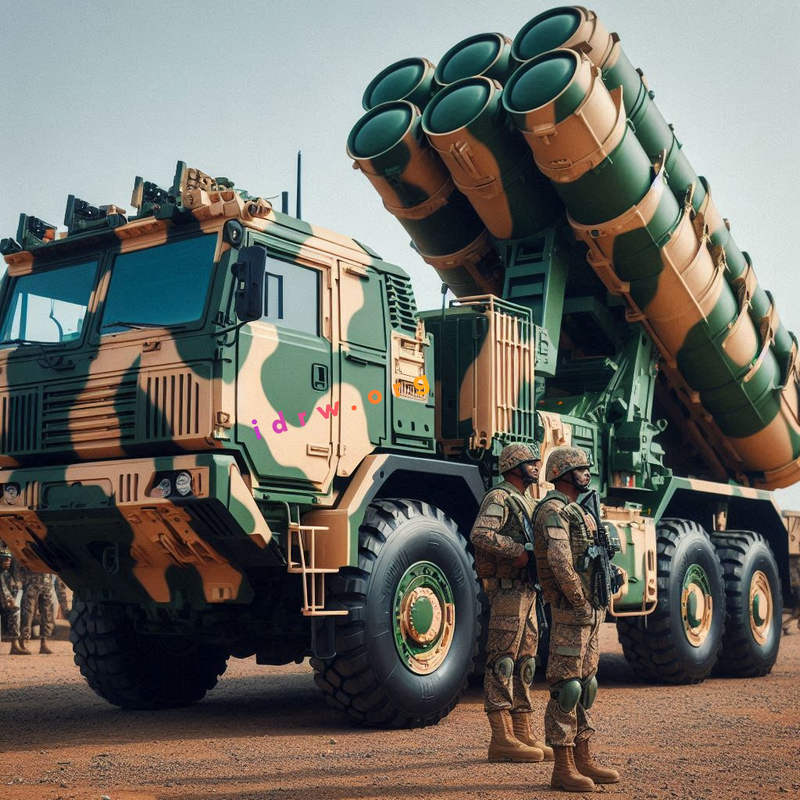SOURCE: RAUNAK KUNDE / NEWS BEAT / IDRW.ORG


William Blair, Vice President and Chief Executive for Southeast Asia and India at Lockheed Martin has articulated the company’s strategic vision for addressing India’s complex air and missile defence needs. In a recent statement, Blair emphasized Lockheed Martin’s commitment to providing a comprehensive defence solution that integrates advanced systems like the PAC-3 MSE and THAAD to enhance India’s defence capabilities.
Blair underscored Lockheed Martin’s approach to air and missile defence as a “stratified defence solution,” particularly in the context of land-based implementations. The company envisions a layered defence strategy where the PAC-3 MSE (Patriot Advanced Capability-3 Missile Segment Enhancement) system would operate as a lower layer beneath the Terminal High Altitude Area Defense (THAAD) system. This integration aims to provide a robust defence against a range of aerial threats, from short-range to high-altitude ballistic missiles.
The PAC-3 MSE is designed to engage tactical ballistic missiles, cruise missiles, and aircraft, while the THAAD system is intended for higher-altitude interception. By combining these systems, Lockheed Martin believes India could achieve a multi-layered defence architecture that addresses diverse and evolving threats.
Blair acknowledged the urgency and constraints faced by the Indian Air Force (IAF) and the Indian Army in their decision-making processes. He understands the challenges posed by time constraints but stresses the importance of adapting to the increasingly sophisticated threats of the future. Lockheed Martin advocates for a multi-faceted approach to air and missile defence that goes beyond current offerings, aiming to provide a higher degree of protection and complexity.
India has developed substantial capabilities through the collaboration of the Defence Research and Development Organisation (DRDO), public sector defence organizations, and the private sector. Despite this, Blair suggests that exploring additional defence systems could enhance India’s overall security posture. He sees potential for integrating Lockheed Martin’s solutions into India’s defence inventory, complementing existing programs and addressing gaps.
Lockheed Martin has positioned its PAC-3 MSE and THAAD systems as alternatives to India’s plans to procure the S-400 air defence systems from Russia. While Lockheed Martin is aware of India’s Project Khusha and Ballistic Missile Defense (BMD) programs, Blair remains optimistic about the possibility of including Lockheed Martin’s systems in India’s future defence strategy. The company’s offerings are seen as competitive options that could provide enhanced capabilities and operational synergies.
Blair’s vision reflects Lockheed Martin’s ongoing efforts to collaborate with India on its air and missile defence needs. By offering advanced systems and advocating for a layered defence strategy, Lockheed Martin aims to support India in navigating the complex landscape of modern defence requirements. As India continues to evolve its defence capabilities, Lockheed Martin hopes to be a key partner in providing solutions that address the nation’s growing security challenges.
NOTE : Article cannot be reproduced without written permission of idrw.org in any form even for YouTube Videos to avoid Copy right strikes. Websites doing illegal reproductions will get DMCA and Legal Notices.